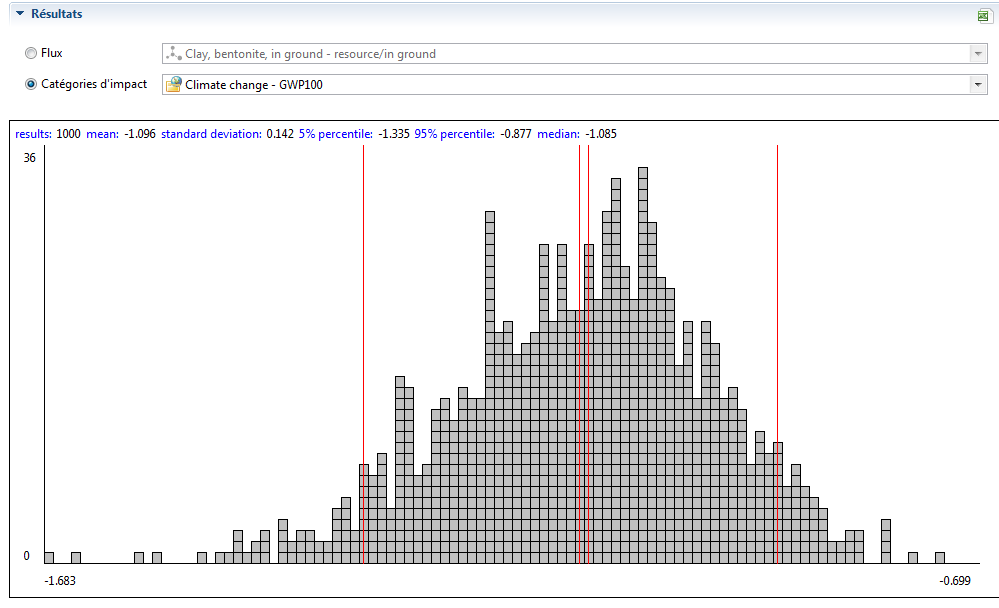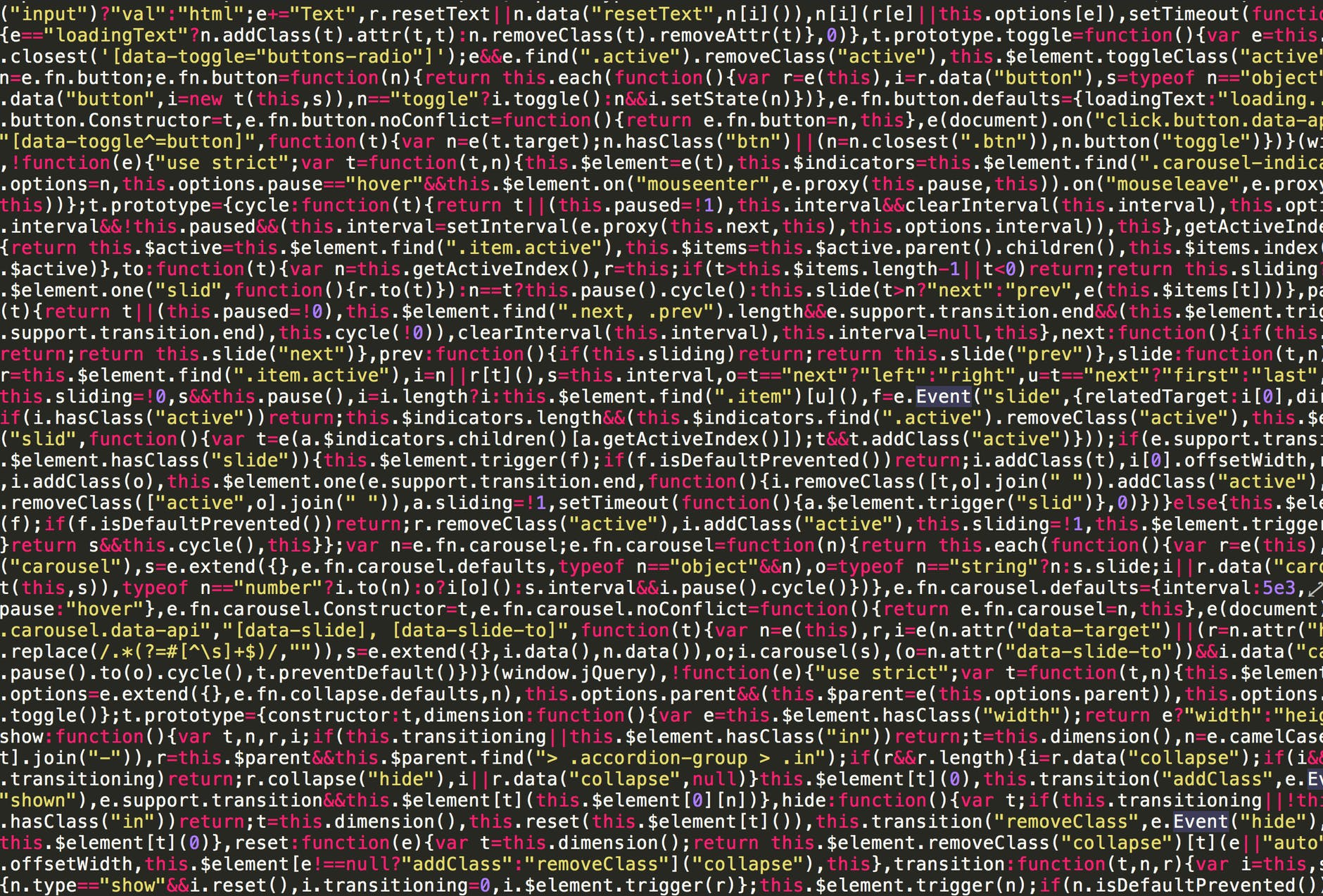Well, skilled programmers do use different types of programming languages. Among all other programming languages, python holds a specific place. Talking about Python definitely, it’s a high-end programming language. It is dynamic. It also assists to perform both oriented as well as structured programming. Programmers do favor Python language because of its enriched library. It simplifies various programming tasks. This is the reason why Python goes well for data science and data analysis. Thus, today will also shed light on the python data types.
Insight on the relationship between Python and Data science
Table of Contents
Python is an integrated open-source language. It follows the objective programming approach. Today data scientists always recommend Python as one of the superb programming languages so far.
It is because it helped the data scientists to execute different types of projects and applications about data science. Python as a coding language offers sound functionality. It helps to relate to scientific studies, statistics, and mathematics easily.
Talking about the library of Python there are arrays of collections. Data scientists can avail their official, off the shelf and third-party libraries to ease their effort. Indeed the default coding turns out as the best assistance for the coders. Eventually, it helps data science to implement those without a doubt.
Truly Python is the topic of research among the scientific communities. But the question is why so? It is simply because of the easy to follow the syntax. This helps any people to understand the approach despite holding an engineering degree.
Certainly, you can use the syntax for instant prototyping. The accomplished engineers from the diverse industry have profound knowledge about the framework related to the Python API.
The credibility of Python to the scientific suite is incredible. Indeed it turns out versatile and productive in every sense. No wonder, many types of research is going on the profound learning theory of Python- framework. And experts are continuously upgrading to increase its availability.
Fundamentals of python data types
Executing Python code is certainly not a big deal. Only you have to know the hack of interacting with the python interpreter fruitfully. Now it is time to get more insight into the python language. Therefore, the below discussion will throw light on the basic Python data types.
Integers
In regards to Python 3, you don’t have to worry about the length of the integer digit. But the memory of your system puts a limitation on the value of the integer.
Besides that, you can extend the integer as long as you want. Python interprets decimal- digits in a sequence. But it does not consider the prefix as the decimal value.
Floating-Point value
You can define the float number in the Python with a specific decimal point. Alternatively, you can use characters like E or e as scientific symbols. Along with that, you need to put any negative or positive integer as well.
You can define the floating number as the binary number fraction or base-2. Make sure that you should do that internally. But technically you cannot represent the decimal fractions as the binary number fractions.
To simplify, the presentation of the floating-point value is a total average of the actual number. In reality, the difference between the presented value and the actual number is very less. But it does not cause any vital problem.
Complex type numbers
Complex number in Python follows two categories. One part is called the imaginary section while the other portion called the real:
Strings
Highlighting on the strings it refers to arrays of character- data arranged in sequence. The type of string python uses is str. You can put off the boundary from the strings by using the double or single quote.
Remember that all the characters present in between the opening and closure delimit has an association with the string. The string in Python is versatile. It means that it can have an unlimited number of characters. But that you can choose according to your wish. But one thing that you need to remember is that check the memory power of your machine. In the meantime, note that a string can remain empty as well.
At times coders may use Python to explain arrays of characters in the string or a particular character in a varied way. In that case, python may follow any one of the two ways:
- You may suppress to interpret a particular character specially used in a given string.
- Else you may interpret any specific character in the string with special elaboration.
- can end up this by using a character called backlash. On that account remember that backlash is a type of character present in a string. It indicates that one or two characters can follow it. And you should treat that underlined character as special. You can call this sequence as escape type of sequence.
You can underline the backlash along with the quoted character in the string as “ escape”. Now if you type so Pytgoin will suppress the exact specific meaning. Later Python interprets it as one quote character.
A blacklash uses Python to forgo the its usual special meaning. You can interpret simply as a literal single-quote character:
Applying Particular meaning to any character
Do you want to have a string with tab- character in it? Then remember some default editors allow you to insert the tab character into the program. But the REPL Python environment will not allow us to input the tab characters into the coding.
Raw – strings type of Python data:
The r or R precedes the literal version of the raw string. It shows that there is no description of the escape series related to the string.
Triple quote strings
Triple quote string is another version of putting the boundary from the strings in the python. You can delimit the triple quote strings with a bunch of three double or three single quotes. The triple quote string is perfect for the escape order.
But you can include the double, single or the triple quote without the escape series. This eases the work of creating the string with both double and single quotes.
Listing
Lists are similar to arrays. But you can express that in some other language. It is not necessary that the list should be homogenous. A particular list may have the python data types such as the strings, integers as well as other objects. You can alter the list in python after creating as it is mutable.
Python list is systematic and has a definite value. One can index the elements present in the list in a definite series. Remember that the first indexing number is 0. Every element in the list has its own place.
Create the list
You can create the list in the Python by following the series in the square-shaped brackets. It also requires an inbuilt function as well.
Add elements
You can use the inbuilt append feature to add the elements to the list. You can add one element at a time with the said feature. Add extra elements to the list with the help of the insert technique. Besides the append and the insert, you can also resort to using the extend method as well. The extended method helps to add several elements to the list.
Remove the elements from the list
You can use the command inbuilt remove function to extract the element from the list. Also, can use the function called pop to return the element. But the default method shows that you can remove only the last element from the set. The indexed element has to follow the pop method. It is necessary when you want to extract a specific element from a certain list position.
Tuple
A tuple is just like the list in the Python. You can follow any type to store the value in the tuple. Remember that integers do index the rest. The principle difference between the tuple and the list is that the tuple is immutable. The tuples also belong to the hashable category while lists are not hashable. You need to use a tuple class to represent that.
Create a tuple
You need to use a comma to separate the values placed in a series. If you want you can use the parenthesis otherwise you can discard the idea. You can include the parenthesis for grouping the data in order. The best Side of the tuples is that you can find any amount and any Python data types like list, integers, strings. But you need to use strategy to create a tuple with an individual element.
Access the tuple element
You have to use the index number to avail of the items in the tuple. In order to access any tuple item, you have to rely on the index- operator. That index has to be an integer. Rely on the nested – index for accessing the nested – tuple.
Delete the tuple element
In python, it creates an error if you update or delete the tuple. You cant change the immutable tuples, once given. You can only reassign the fresh types under a similar name.
Inbuilt functions
The built-in interpreter of Pythons shelters multiple functions say 68. This particular you will observe in Python 3.6.
Boolean data type
Considering the Python 3 version you will come across one Python data type. and that is the Boolean. The Boolean may include one of the two statements like either True or False.
The truthness of Boolean is evidential. Suppose a Boolean is equivalent to True then you can say truthy. If the Boolean is equal to False, then you can say Falsy. But you can evaluate the non-Boolean in terms of a Boolean context. Also, you can term then as False or true.
Set
The set in the python is present in an unordered form. It is mutable, iterable and uses no imitated element. However, sets have various elements. But you cannot define the ordering of the element. One can use the optimization technique to identify whether a particular element in there in the set or not.
Create a set
It is easy to create the sets with the inbuilt set feature. But you need to take the assistance of the object which is iterable. You can also place the series inside the curly brackets or just separate that with the help of commas.
Set always contains a single element. But when you create the set that time you need to add several imitated values. The element order in the set is not defined and is not changeable.
Remember that element types in the set may not be similar. Therefore you can use the mixed type of data.
Add elements to the set
You can add the element to the set with the help of an inbuilt add feature. The add function helps to add only one element at a single time. You have to use the update method to include two or extra elements to the set.
Access the element from the set
You can refer to the index for accessing the items in the set. The sets are not in ordered form, which is why it does not have any index. You can use the for- loop option to move through the loop in the set. You can ask if a certain value is present in the set with the help if the in – keyword. Thus, these are the important things that you have to know about the python data types.
Final thoughts
To conclude, you can say that Python has changed the coding platform largely. At the same time, the language benefited the data scientists to many times. The well- equipped functions and tools make it the best choice of the programmers, data scientists and data analysts.
Thus the above article enlightened you on the inbuilt python data types and various functions of those.







